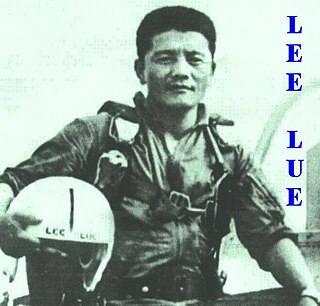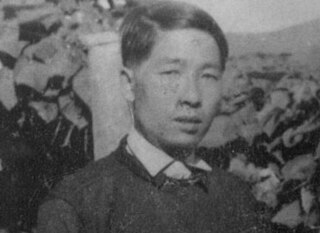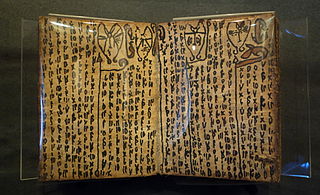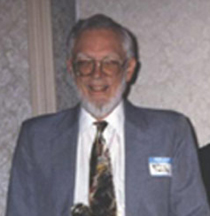Historically referenced scripts
It is unknown whether a historic writing system existed for the Hmong. Several Hmong scripts have been noted in historical works, mostly in Chinese literature, as illustrated in the below sections. However, this evidence is disputed. For instance, according to Professor S. Robert Ramsey, there was no writing system among the Miao until the missionaries created them. [2] Archaeologists are still searching for artifacts from periods of alleged Hmong literacy. These five scripts below are the most widely evidenced in primary literature sources:
Nanman script
From Chinese legends, the Nanman are largely considered to be the ancestors of the Hmong, also known as one of the "Four Barbarians" against the Huaxia, the ancestors of the Han.[ citation needed ] The Nanman lived originally in central-east China, but after battle losses and the expulsion of Chi You, who is allegedly considered a Godlike figure by the Hmong, the Nanman fled to the south. Different stories exist as to how their script and already encoded information disappeared: that the books were lost in a flood, that the Hmong had to eat the books as food due to the Chinese invasion, that they were eaten by other animals in their escapade from the Chinese, or that they had no way to cross the river without disposing of the books. All the stories have in common a loss of the books, water, and an invading Chinese tribe. This script has not been found.[ citation needed ]
Paj Ntaub (Flower Cloth)

In response to the Chinese invasion, the Hmong claim that they preserved their ancient writing system in the "flower cloth" of the women. This seems to be a common story in response to the deluge and loss of books in the aftermath of the loss of the Nanman to the Huaxia. A modern script on the Internet known as the "Ancient Hmong Written System" claims to be a decipherment of this script, but no connection has been asserted from a neutral, reliable source. These symbols show the models of nature and architecture of the land where the Hmong people used to live. All of the designs in the Pau Ntaub have symbolism and meanings such as hearts, houses, and animals.[ citation needed ]
Qing Dynasty script
It is unknown whether this script differs from that of the Nanman, but it is known that as far as the Qing dynasty, the Hmong used a writing system to record information. It is unclear for how long they used this script, as Han settlers largely moved into the southern regions of China (where the Hmong lived), only during the Ming and Qing dynasties. In attempts to coerce the Hmong, also known as the Miao, Hmong villages were burned and relics of Hmong culture were destroyed. Hmongs were also banned from transcribing their language, so it is not known whether any Hmong writing from the era remains or where it remains. [3]
Shaoyang Relics script
The "Book from Heaven" seems to be engraved in a Miao script, as reported in March 2012 from Shaoyang, Hunan. [4] The Hunan Cultural Relic Department is reportedly investigating the script and any connections it may have. This may represent either the Qing script or the Nanman script, if dated, but any connections and authenticity are unclear.[ citation needed ]
Monumental Script
A group of monuments across Southern China written in Chinese-looking characters are reported to be those of an "Old Miao script". A particular monument in Leigongshan, Guizhou has been found with a residual monument inscribing "This year is also a good year," and this is preserved in the Guizhou Provincial Museum. These characters are referred to in the Qing dynasty book, 洞溪纤志. [5]














